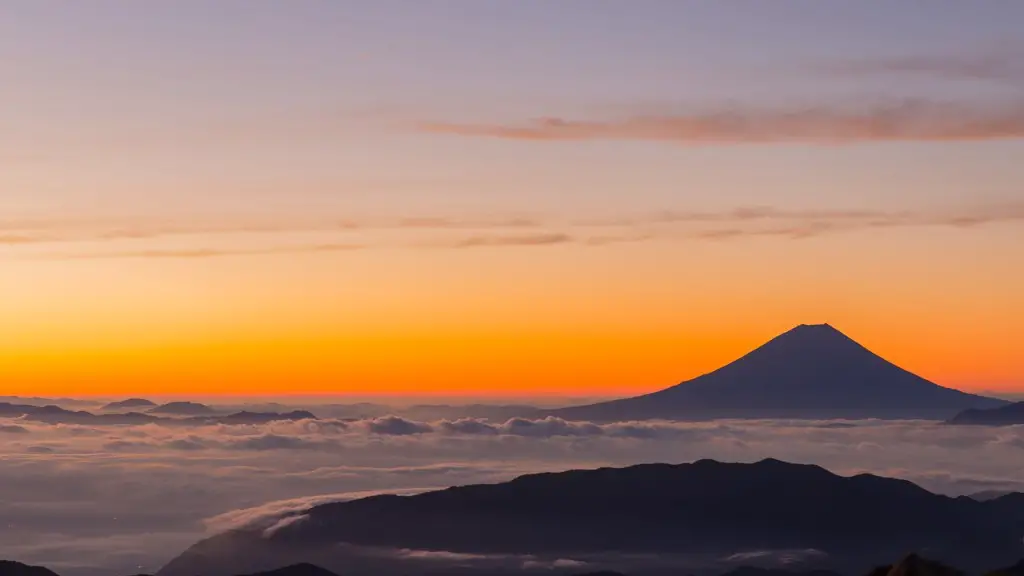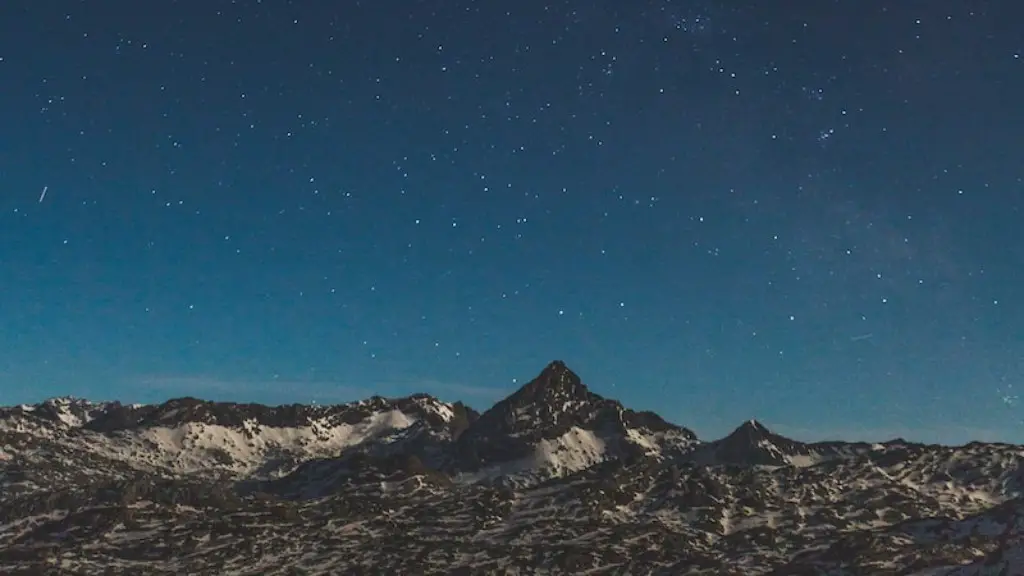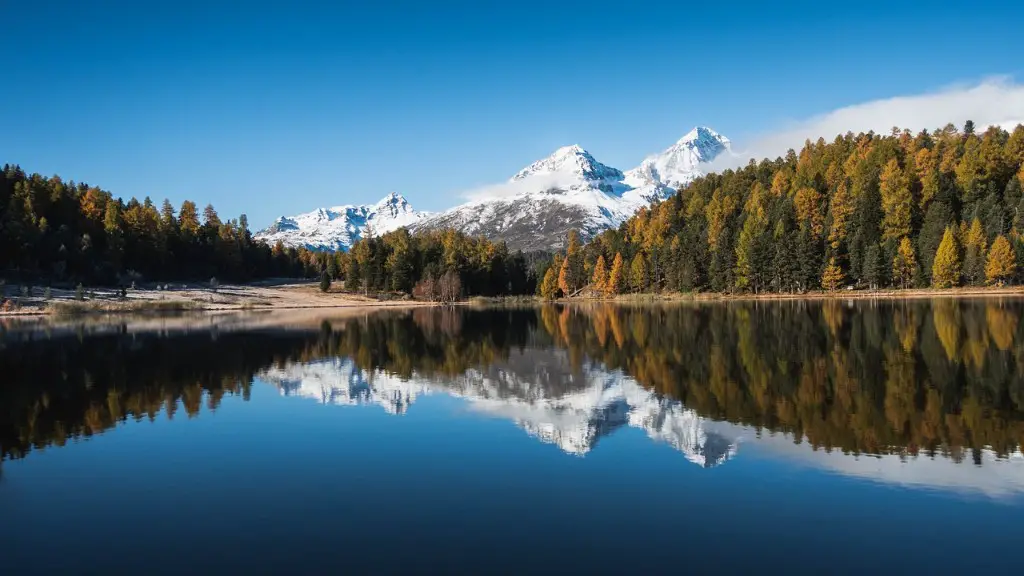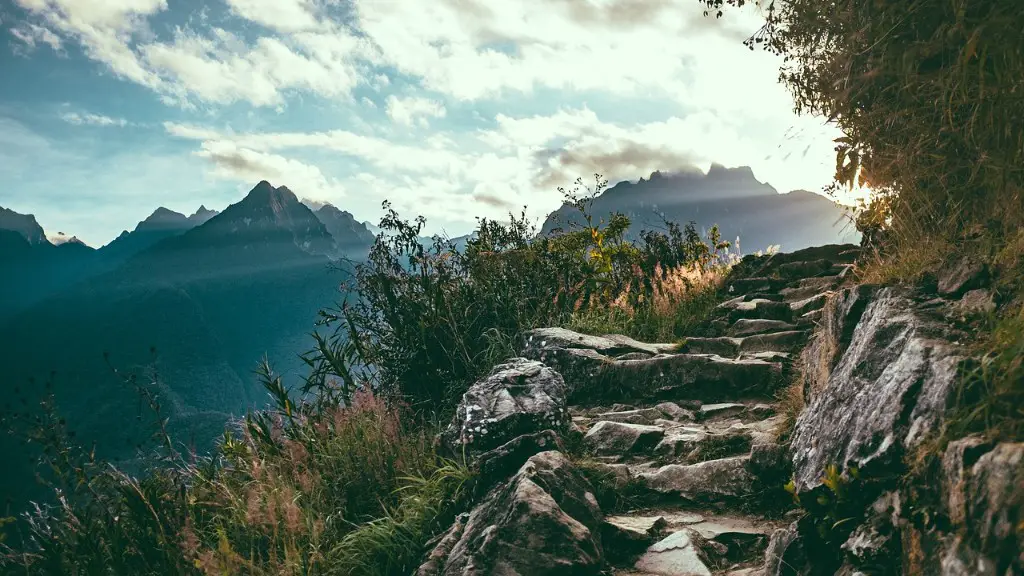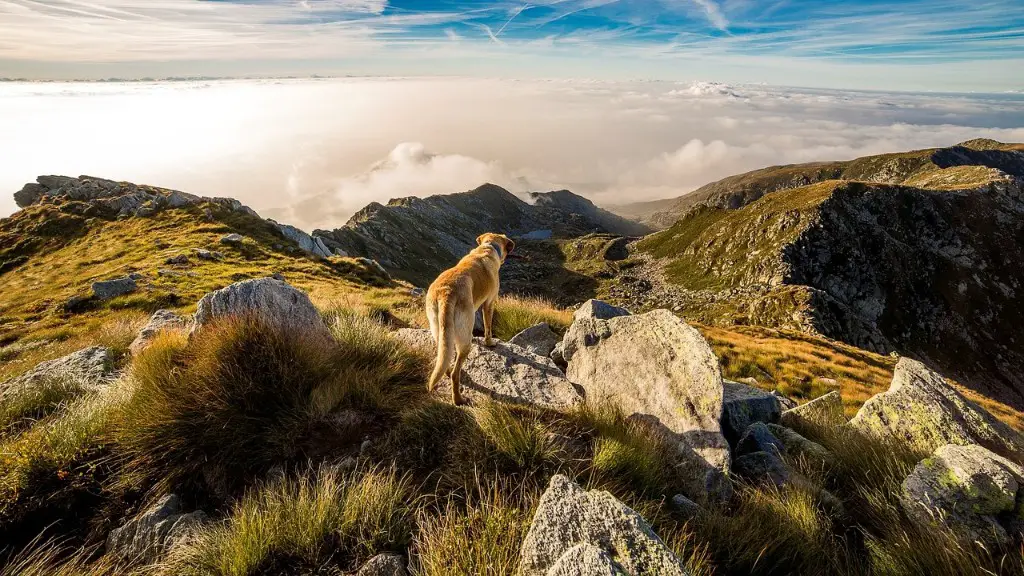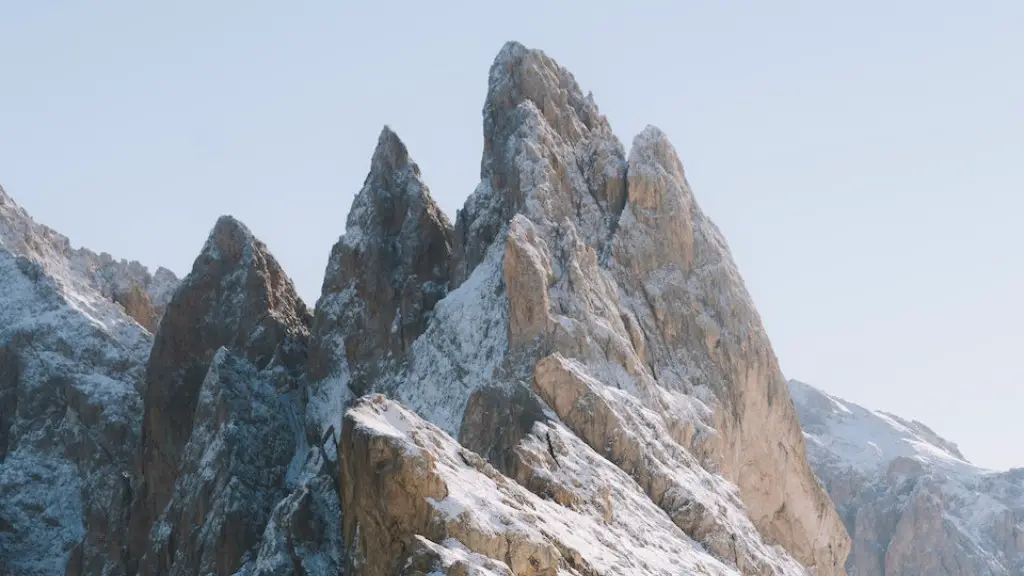At 19,341 feet, Mount Kilimanjaro in Tanzania is the tallest mountain in Africa. It is also one of the world’s most famous mountains, largely because it is so easily accessible. You don’t need any technical climbing skills to reach the summit. Nevertheless, about 25 percent of people who attempt to climb Kilimanjaro fail.
One of the things that makes Kilimanjaro so unique is that it has a permanently snow-capped summit, even though it is near the equator. Most of the year, the air at the top of the mountain is too cold for snow to melt. But during the brief equatorial winter, from late June to early October, the air is cold enough for snow to fall.
The main reason why there is snow on the top of Mount Kilimanjaro is because the mountain is very high. The air at the top of the mountain is much colder than the air near the base of the mountain. This difference in temperature causes the moisture in the air to condense and fall as snow.
Is there always snow at the top of Kilimanjaro?
Snow on Kilimanjaro is a beautiful sight, but it can also be a bit dangerous. Be sure to take caution when traveling in the snow and be prepared for cold weather.
The current glaciers began to form in 9700BC and are still present today due to the prolonged ‘cold snaps’, or ice ages, that have occurred throughout history. These periods of colder temperature allow the glaciers to reform and reappear on the mountain.
Why is the snow cap on Mount Kilimanjaro melting
The Furtwängler Glacier on Mount Kilimanjaro is one of the most iconic glaciers in the world, and it is melting at an alarming rate due to climate change. The glacier has shrunk by over 80% since it was first measured in 1912, and it is projected to be completely gone within the next few decades. This is a devastating loss not only for the people of Tanzania who rely on the glacier for water, but for the world as a whole. The Furtwängler Glacier is a symbol of the impacts of climate change, and its disappearance will be a tragedy for future generations.
It is most common at altitudes above 2400 metres for people to experience some form of altitude sickness when climbing Kilimanjaro. This is because the air pressure (and the amount of oxygen it contains) is less than half that at sea level, and has been said to be comparable to ‘working with only one lung’. However, it is still possible to summit the mountain successfully if you take the necessary precautions, such as acclimatising slowly and drinking plenty of fluids.
Is it harder to climb Everest or Kilimanjaro?
While there are aspects of the Everest Base Camp trek that are harder than Kilimanjaro, the general feeling is that Kilimanjaro is the harder of the two treks. The main reason for this is summit night – it’s a biggie. You need to be prepared for a very long, very tough night hike to reach the summit of Kilimanjaro, and it’s not something to be taken lightly. If you’re not properly prepared, it can be a very difficult – and even dangerous – experience.
Kilimanjaro’s ice fields have been disappearing for many years, according to Hardy. Based on published literature and his own observations, measurements and monitoring of available imagery, he said, only the mountain’s northern ice field remains, now about half a square kilometer in size.
Do you need oxygen at the top of Mount Kilimanjaro?
Kilimanjaro’s altitude is definitely a challenge, but if you use the acclimatization method of walking slowly (“pole pole”), you can definitely reach the summit without supplemental oxygen.
It’s true that Uhuru Peak is slightly higher than Everest Base Camp, but that doesn’t make it any tougher to climb. In fact, Uhuru Peak is actually quite a bit easier to climb than Everest Base Camp. So don’t let the height fool you, Uhuru Peak is still a very tough climb.
How cold does it get on top of Kilimanjaro
The summit of Mount Kilimanjaro is one of the coldest places on the mountain, with temperatures often dipping below freezing at night. The average overnight low is 20 degrees Fahrenheit (-7 degrees Celsius), but it can get as cold as -20 degrees Fahrenheit (-29 degrees Celsius). because of the mountain’s altitude, it often has it’s own weather separate from the rest of the mountain.
This is a very alarming rate of decline for Kilimanjaro’s glaciers and it is important to know more about what is causing this and what can be done to prevent it. The experts say that the glaciers could be gone within a decade or two, so we need to act now.
What causes snow capped mountains?
The earth’s atmosphere acts like a natural greenhouse. The sun’s radiation passes through the atmosphere and warms the surface of the earth. The earth’s surface then emits its own infrared radiation, which is trapped by greenhouse gases in the atmosphere and re-radiated back to the surface, causing the atmosphere to warm.
This process happens on a much smaller scale when a moist wind moves over a mountain. The water vapor in the air cools and condenses, forming clouds and snow. This happens because the air is denser at higher altitudes, so the molecules are closer together. This makes it easier for the water vapor to condense and form clouds.
If you want to summit Mount Kilimanjaro, you should plan on spending five to nine days on the mountain. This will give you a better chance of success, as you will have time to acclimatize to the altitude and avoid becoming too fatigued.
How much money does it take to climb Kilimanjaro
When looking to book a trip to climb Kilimanjaro, it is important to be aware of the average cost. It is typically $2000 to $6000, depending on the operator. cheaper, budget operators may be selling an inflated price. There are various, unavoidable fixed costs to any tour operator and if a climb seems too cheap, you’ve got to ask yourself why.
It takes at least five days to climb Mount Kilimanjaro, however, a minimum of six days, and ideally seven or eight, offers a far better chance of reaching the top. For those with longer to spare, there are several more gradual and scenic ascent routes that can be done over 10 or more days. This offers climbers a much better chance to acclimatize to the altitude, and therefore avoid altitude sickness, which can be a serious health risk.
How many people fail to summit Kilimanjaro?
Kilimanjaro is one of the most popular mountains to climb, attracting around 30,000 people every year. Despite its popularity, a large percentage of climbers (50%) fail to reach the summit (Uhuru Peak). This is often attributed to the fact that Kilimanjaro is a relatively “easy” mountain to climb, in terms of the amount of experience you need. However, this does not mean that the trip is without its challenges – climbers need to be prepared for a range of conditions, from extremely cold temperatures to high altitudes.
The Marangu Route 3 Days is a great trip for beginners or those who are short on time but still want to experience the beauty of Mount Kilimanjaro and Tanzania. The trip takes 3 days of climbing and 2 overnight stays, so it’s a great option if you’re looking to get a taste of what mountaineering is all about without having to commit to a longer expedition. Plus, the Marangu Route is one of the most scenic routes on the mountain, so you’ll be able to enjoy beautiful views even as you’re challenging yourself physically.
Warp Up
The air near the top of Mount Kilimanjaro is very cold, and the air is full of tiny ice crystals. These ice crystals fall to the ground, and we see them as snow.
The snow on the top of Mount Kilimanjaro is a result of the natural process of precipitation. The cool air on the mountain top causes the water vapor in the air to condense and fall as snow.
